A tiny bird covered in diagnostic zebra-like black and white stripes making it resemble nothing more than a flying humbug!
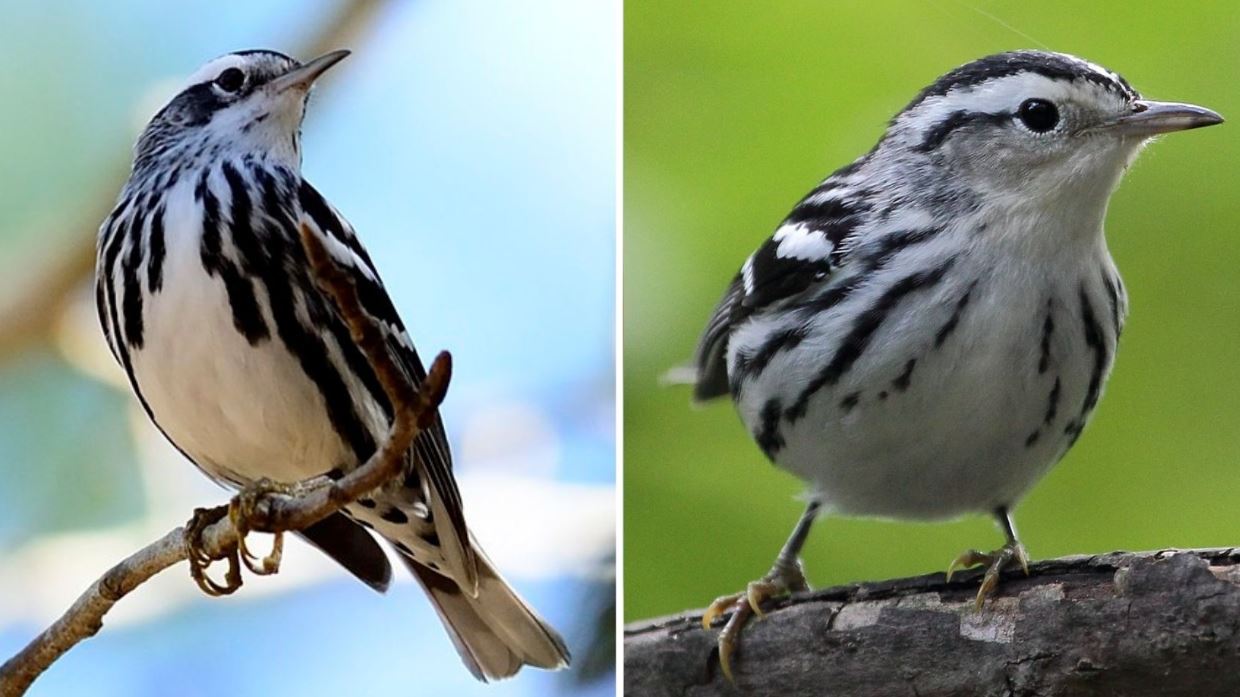
Meet the Black-and-white warbler
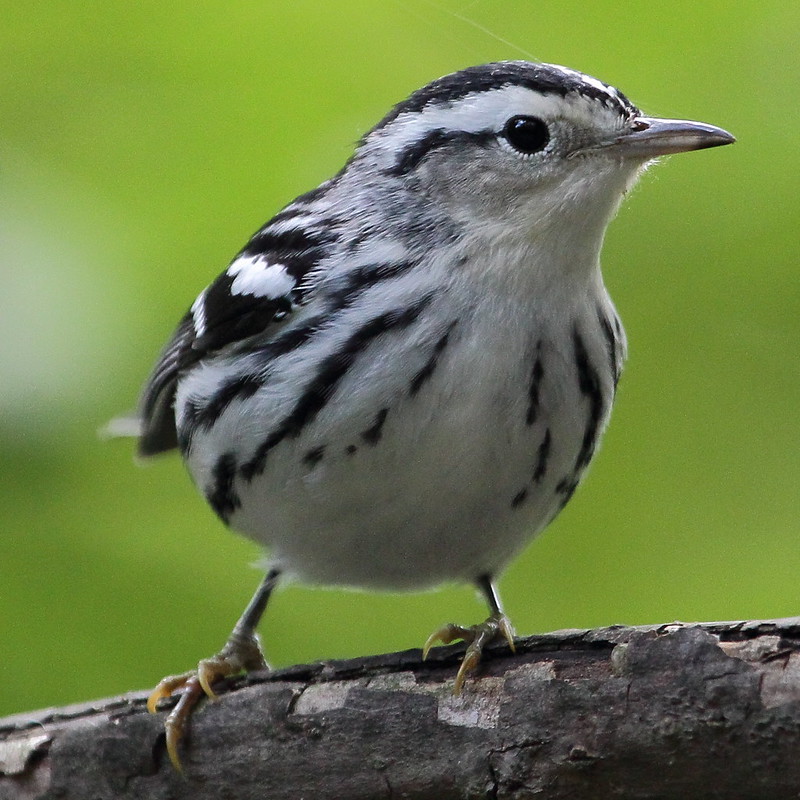
The black-and-white warbler (Mniotilta varia), is a species of New World warbler, and the only member of its Mniotilta genus. These birds, measuring 13 cm in length, are boldly striped in almost parallel lines of black and white. Their black wings are highlighted by two wide, white wing bars. Adult males are far more boldly striped with black streaking, especially on their bellies and cheeks.
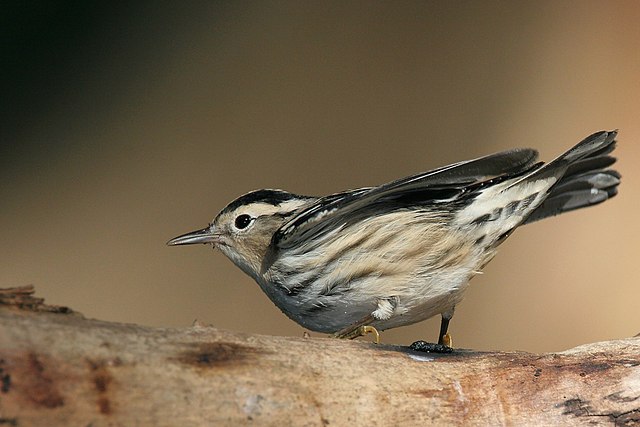
Photo Courtesy of Wolfgang Wander / CC BY-SA 3.0
Females of this species are paler, with far less streaking with a wash buff on her flanks.
Juveniles are heavily spotted, more similar to first fall individuals.
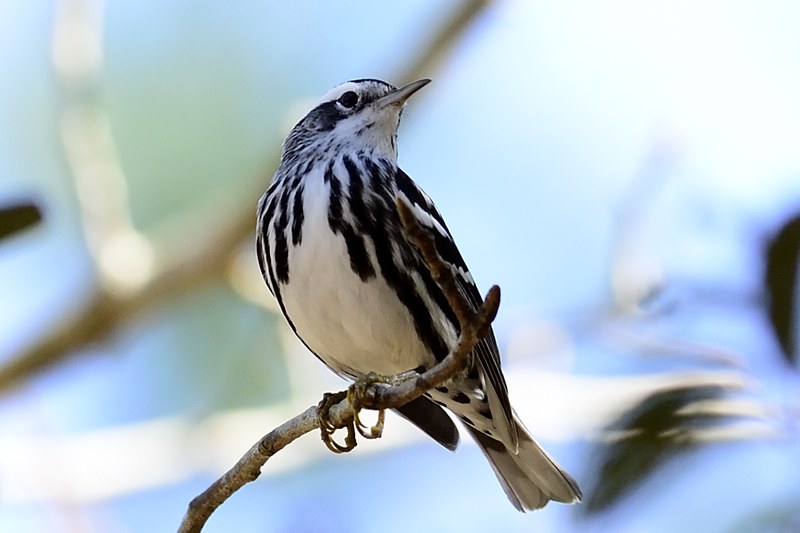
Photo Courtesy of Bill Chitty/CC BY 2.0
A migratory bird, the Black-and-white warbler breeds in northern and eastern North America from southern Canada to Florida and migrates south to winter in Florida, Central America, and West Indies down to Peru.
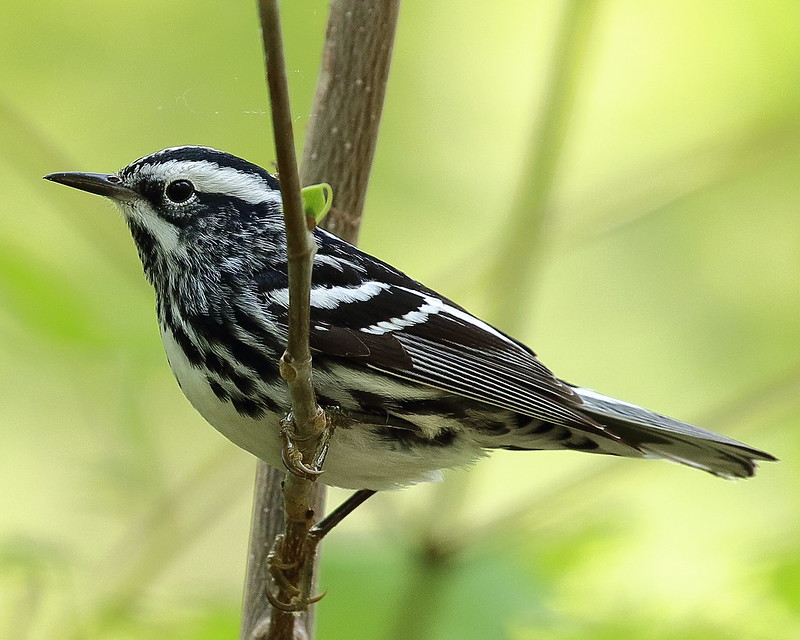
Photo Courtesy of ryanacandee/CC BY 2.0
These birds breed in temperate Nearctic lowlands, on hillsides or ravines in a wide variety of woodland types from mature deciduous or mixed stands to northern conifer forests and also second-growth stands of trees. Hunting for food on main branches or trunks of trees.
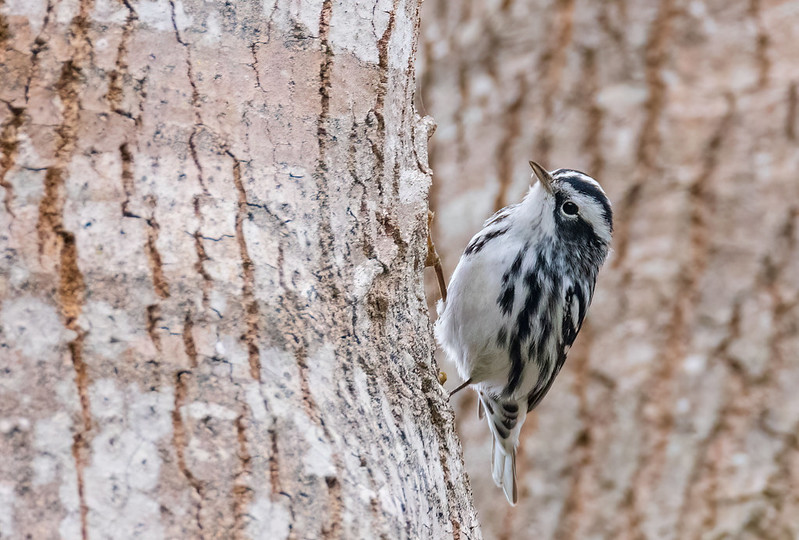
Photo Courtesy of Channel City Camera Club/CC BY 2.0
Black and white warblers dine on insects and spiders, hunting like a nuthatch, foraging up and down branches and trunks.
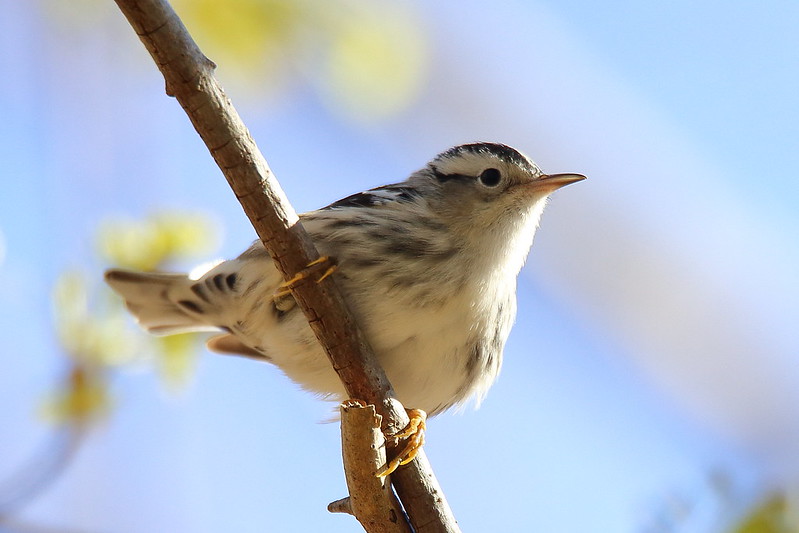
Photo Courtesy of Scott Heron/CC BY 2.0
Breeding season is between April and August where the female is the principal nest builder, occasionally offering assistance. Cup-shaped, the nest is built from leaves, coarse grass, and other fine material for lining, placed near the base of a tree or log concealed under leaves or branches. She lays up to 6 white eggs within, flecked with brown, and incubates them for up to 12 days. The male will someᴛι̇ɱes feed her during this ᴛι̇ɱe with both parents feeding the young after they have hatched. The young become fully-fledged after 8 to 12 days.
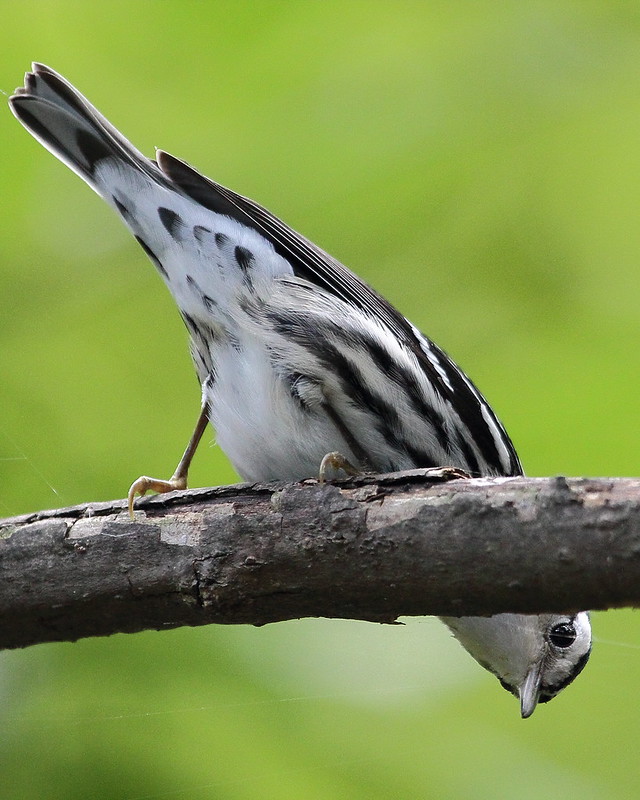
Photo Courtesy of ryanacandee/CC BY 2.0
Despite the fact this species population seems to be declining, due to their large range, this decline does not appear to be sufficiently rapid enough to approach the thresholds for Vulnerable under the ICUN guidelines.
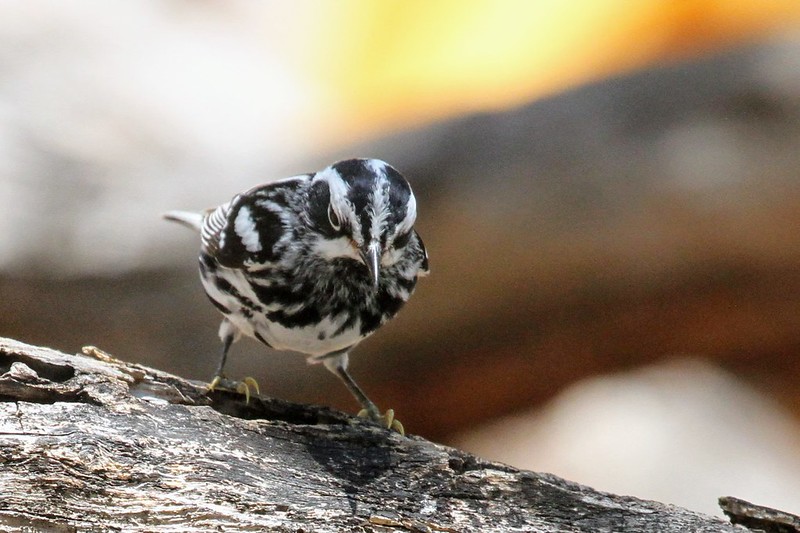
Photo Courtesy of Greg Schechter/CC BY 2.0
Watch and listen to this bird in the video below: